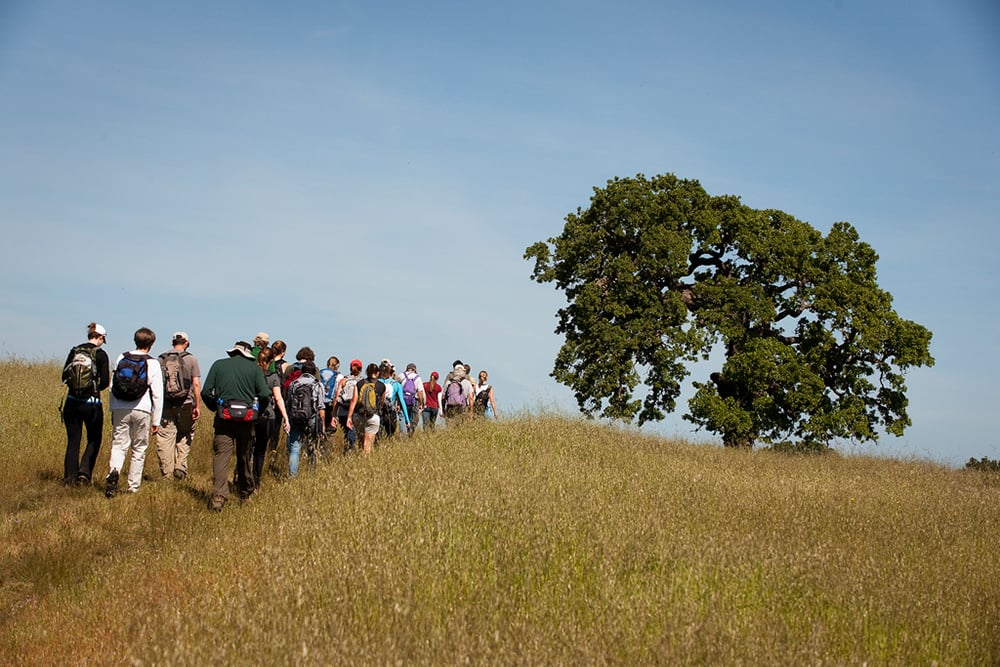2018 brought one of the most destructive wildfire seasons in California history, and Stanford plans to conduct a range of fuel management strategies to minimize the potential for future wildfires, according to University spokesperson E.J. Miranda.
Since the start of 2018, the Stanford Fire Marshal’s Office (SUFMO) has worked with Land, Buildings and Real Estate (LBRE), the SLAC National Accelerator Laboratory, Jasper Ridge Biological Preserve and other campus partners to create a comprehensive wildfire management plan.
“Stanford has worked closely with local fire departments in identifying areas of concern that could pose a hazard to the main campus or neighboring communities,” Miranda wrote. “Wildfire risk is not contained by property lines or jurisdictions and it is critical that mitigation and response planning be done in coordination with surrounding communities.”
SUFMO wants to increase public awareness of the hazard that wildfires present, Miranda wrote. Planned efforts include providing information to residents in the Faculty Staff Housing areas on how to protect their homes from wildfires, and establishing guidelines to ensure that fuel management work is done in a safe and timely manner to reduce the threat of wildfires. SUFMO also plans to map and maintain egress — which would ensure that emergency responders can access remote areas in the event of a wildfire — and to monitor fire weather conditions that would reduce the possibility of an ignition of a wildfire and provide a warning to the community.
Along with SUFMO’s project, the University is working to implement a series of other efforts in order to reduce the likelihood of wildfires. According to Miranda, these efforts include expansion of the home safety survey program for Faculty Staff Housing, installation of cameras that can be used to monitor the wildland area, and removal of trees and underbrush near power lines.
“There are a range of fire prevention land management activities, including the use of goats and mowing to reduce the fuel load, and the creation of fire buffers between Stanford lands and surrounding neighbors and roadways,” Miranda wrote. “SUFMO is also coordinating with LBRE to conduct inspections of housing areas to identify dead trees and overgrown yards that should be trimmed to reduce fire risk.”
In addition, the Occupational Health Center (OHC) — alongside the Sean Parker Center for Allergy Research — currently participates in a multi-institute collaboration focusing on workplace and community responses to poor air quality from wildfire smoke. By increasing the understanding about the smoke’s health effects, the University “can improve decision making during any future wildfire smoke events,” Miranda wrote.
In times of high fire danger or red flag days, Stanford may take precautions, such as closing the Dish Area to recreation users in order to decrease wildfire risk. According to Miranda, the University is working closely with local fire departments to ensure they have access to Jasper Ridge and other remote Stanford properties in the case of a fire.
“SUFMO understands the threat that wildfires pose to our community and is keeping up to date on strategies and technologies to prevent and respond to wildfires,” Miranda wrote.
Contact Elaine Toh at elainetoh723 ‘at’ gmail.com.
